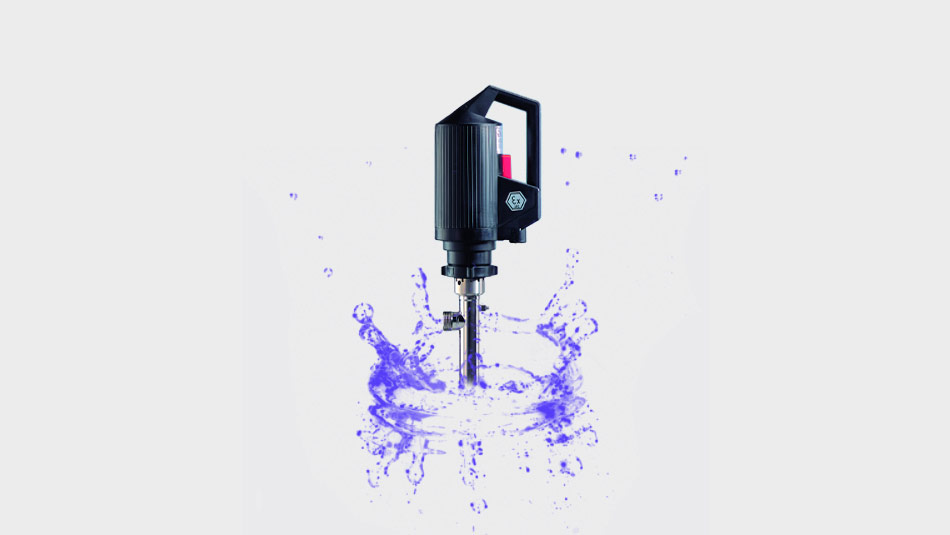Using transfer pumps for the storage of chemical products

Everything you need to know about transfer pumps for the storage of chemical products
The industrial use of chemical products implies major prevention measures. Although it is necessary to store products in recipients that are adapted to the hazard category, it is also necessary to take preventive measures for all corollary operations of transfer, tanking or filling.
Why choose a transfer pump? Which model to choose to prevent chemical hazards and to ensure safe product handling at the workplace? A full update.
Need advice?
Our team of experts is here to help you.
You can contact us via a simple click:
Why use a transfer pump?
This type of pump is ideal for the safe transfer of chemical substances.
Certain dangerous chemical products can be hazardous to health. In case of skin contact, they can cause irritation, but also burns and irreversible injury. The vapours of certain dangerous preparations can also be extremely harmful, especially for the respiratory system.
Transfer pumps enable the manipulation of chemical products without handling operations and thus guarantee the safety of the personnel at the workplace.
This type of pumping system also limits the physical effort necessary to handle heavy containers. Another good point for worker safety!
In addition to toxicity, the risks related to the use of chemical products are extensive: the storage of biological or phytosanitary products can cause environmental damage in case of leakage. The use of flammable products is a source of fire hazards...
Transfer pumps thus make the transfer of chemical products safer.
However, they do not exempt you from taking additional safety measures on the sites: safe storage and obligatory labelling, personal protection equipment, limited exposure time, etc...
Which transfer pump to choose?
There are several types of transfer pumps for chemical products, made of different materials according to the liquids.
Barrel pumps
Barrel pumps provide a simple solution for the filling, transfer and tanking of a chemical product.
Whether electrical or manual, these pumps are very frequently used due to their mobility. They are easy to install and enable fast and safe transfer, and even the interchangeability of the same motor for several barrels of different products equipped with several suction probes.
Electric barrel pumps consist of a motor (possibly ATEX compatible) and a suction probe made of a material suitable for the product to be transferred (steel, PP, stainless steel, PVDF, etc) and an impeller whose shape is adapted to the characteristics of the fluid (temperature, viscosity, etc).
Hydrocarbons: diesel fuel, engine oil, hydraulic oils, strong acids, strong and light bases, and aggressive fluids can be transferred. They are equipped with a relatively powerful motor. The length of the suction probe depends on the depth of the containers.
These models can be equipped with additional accessories according to need: delivery guns, meters, etc.
Manual transfer pumps
JAPY manual, semi-rotary, rotary , and piston pumps can also be equipped with suction probes made of body and seal materials that are suitable for the fluid to be transferred. With the ATEX version, JAPY semi-rotary pumps are able to transfer ACETONE.
Moreover, these models can be fitted with accessories according to need: delivery guns, meters, etc.
Pneumatic transfer pumps
This type of self-priming pump offers a very good flow rate that can be regulated by compressed air. They are used for transfers in place or in processes. These are very repetitive operations on fixed installations.
Rigid or flexible piping is installed on either side of the pump.
As they do not rely on electrical systems, these models operate in a way that is particularly suitable for viscous flammable fluids or those that emit toxic gases.
What are the criteria to choose a transfer pump?
The choice of a pumping system essentially depends on two criteria:
- The place of storage: holding tanks, tanks, cans, containers, etc.
- The chemical products used.
The most commonly stored liquids are:
- acids and bases (sulphuric acid, hydrochloric acid, bleach, etc);
- hydrocarbons: diesel fuel, oils, etc;
- solvents: paint, varnish, etc;
- highly viscous fluids with particle content;
- biological, agri-food and medicinal products.
For these products, there are several specific versions of agri-food pumps, with a pumping system that requires quick cleaning...
The power of the motor is determined in relation to the suction depth and the fluid flow rate.
For chemical products, we determine the materials used according to the chemical agents and the viscosity of the fluids to be pumped.
We possess compatibility tables, but it is essential to provide us with the safety data sheet (SDS) of the products to be stored. Certain preparations contain different chemical products that you may not always be aware of. This enables us to assess the risks more precisely and thus avoid any conflict of use and incompatibilities.
Industries classified in ATEX zones, a European standard for chemical products related to work health, use particularly dangerous flammable products that can cause an explosion hazard, among other things. For these sites, it is therefore obligatory to choose suitable ATEX pumps.
To obtain personalised advice and to inform us of your needs, contact us by telephone on +33 (0)3 81 96 16 47 or via our contact form.
